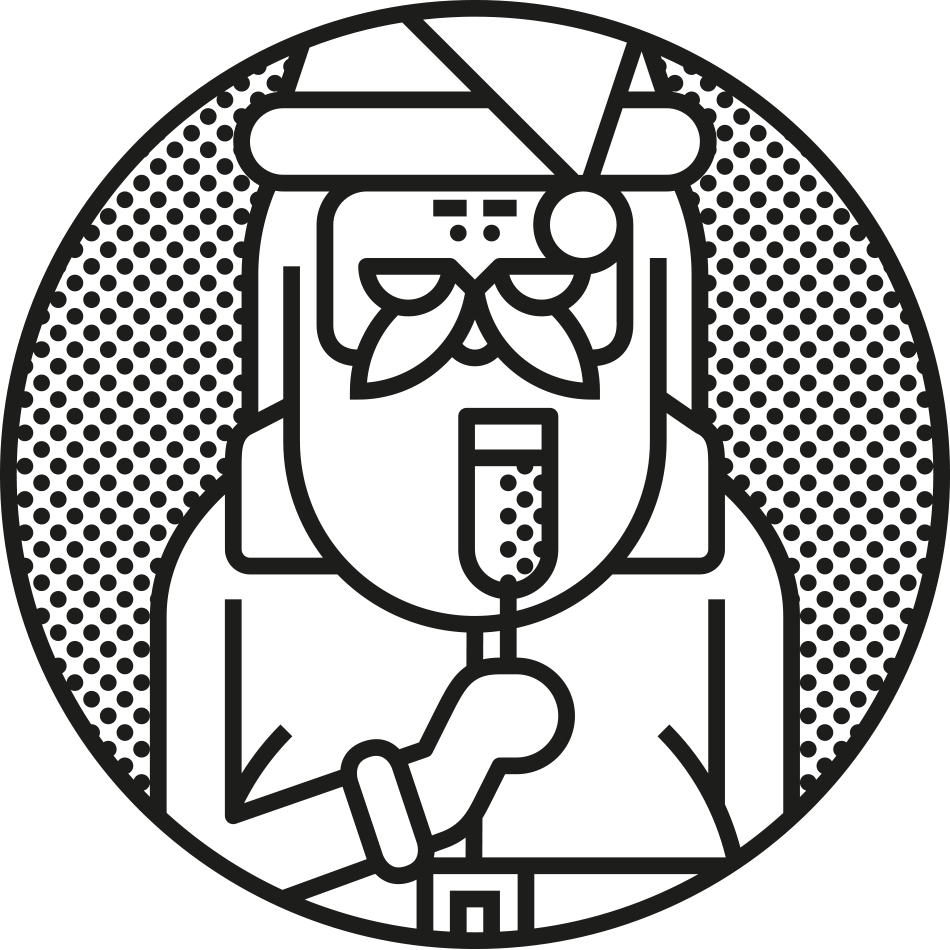From a Noah’s Ark of seeds and American Idol for rural farmers to 3D printing prosthetics in conflict zones and igloo orphanages on skis, this year has seen hundreds of projects mapped on the Atlas from Syria to the North Pole. We’re celebrating the end of 2015 and looking to the future by ranking our favourite 16. So get your grey matter around the innovations that matter – and prepare to raise a glass to the boundary breaker taking advantage of a cultural loophole at No.1.
16. Rapid Prototyping Sagrada Familia, Catalonia
We’re kicking off the countdown with a project from the home of the Atlas. Gaudí would relish the digital advances speeding up one of the longest active architectural projects in the world. (Well, something had to.)
Why you love it
Peter Crnokrak, ex-geneticist and computational artist: “This is my favourite project, mostly because there’s a great connection from past to present to future. The connection is technology-based (3D printing), but the technology simply allows us to actualise the philosophical connection between historical architecture, which is heavily grounded in organic forms in this specific case, and future approaches to designing living spaces which recognise the ‘rightness’ of natural growth patterns.”
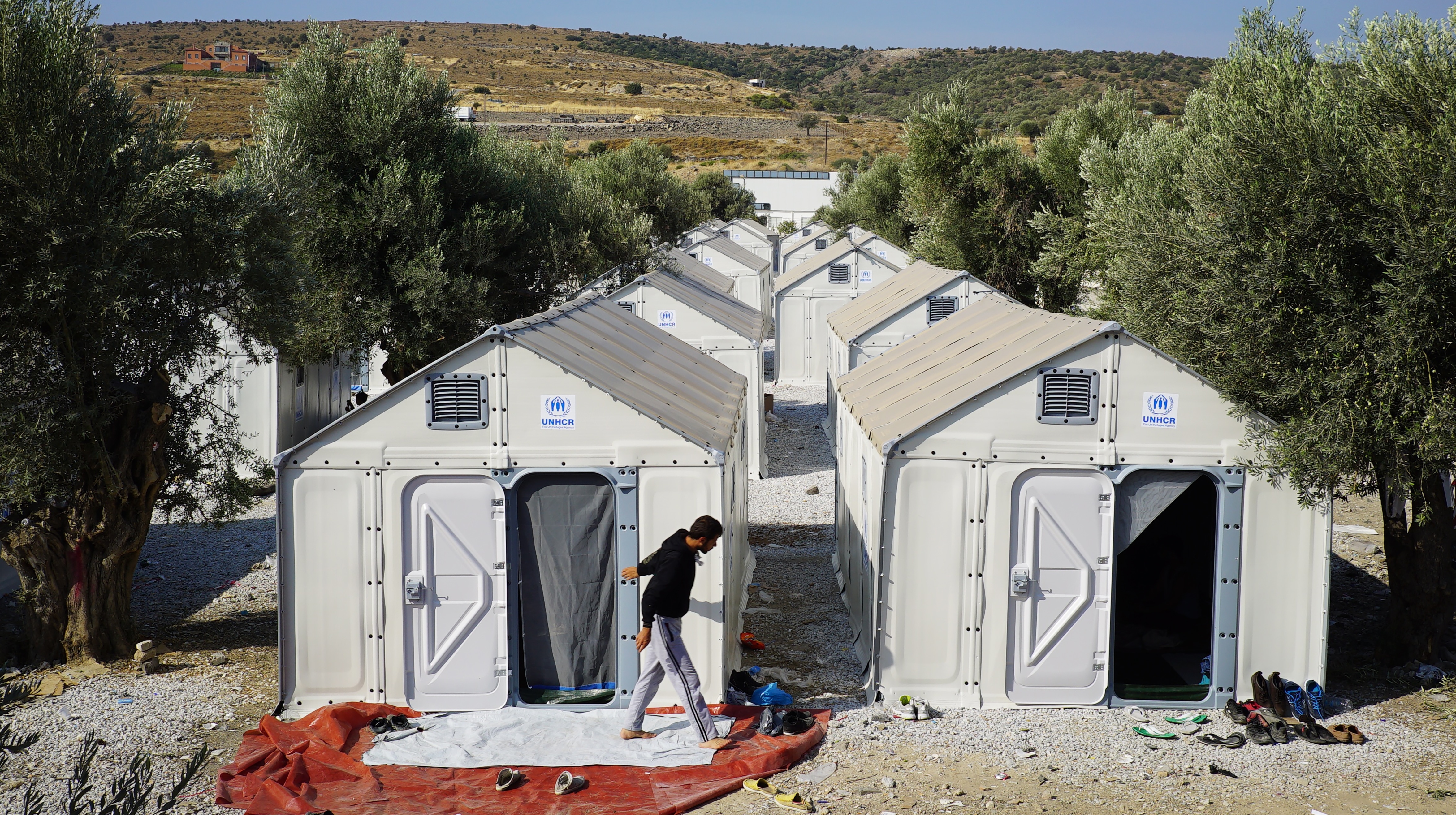
IKEA’s flat-pack refugee shelters
As Germany ends 2015 with the word ‘refugee’ topping the list of their ten most important words of the year, the world is impressed that a values-driven corporation has stepped in to assist.
Why you love it
Eleanor Ford, Innovation Director, Time Out Group: “It is wonderful to see such directed and important cross-sector collaboration meeting an immediate need with respectful design. I hope it is also a benchmark for future corporate social responsibility projects, which rather than tokenism takes direct action, working with those who really know. As soon as I share this project it speaks to people and just makes sense.”
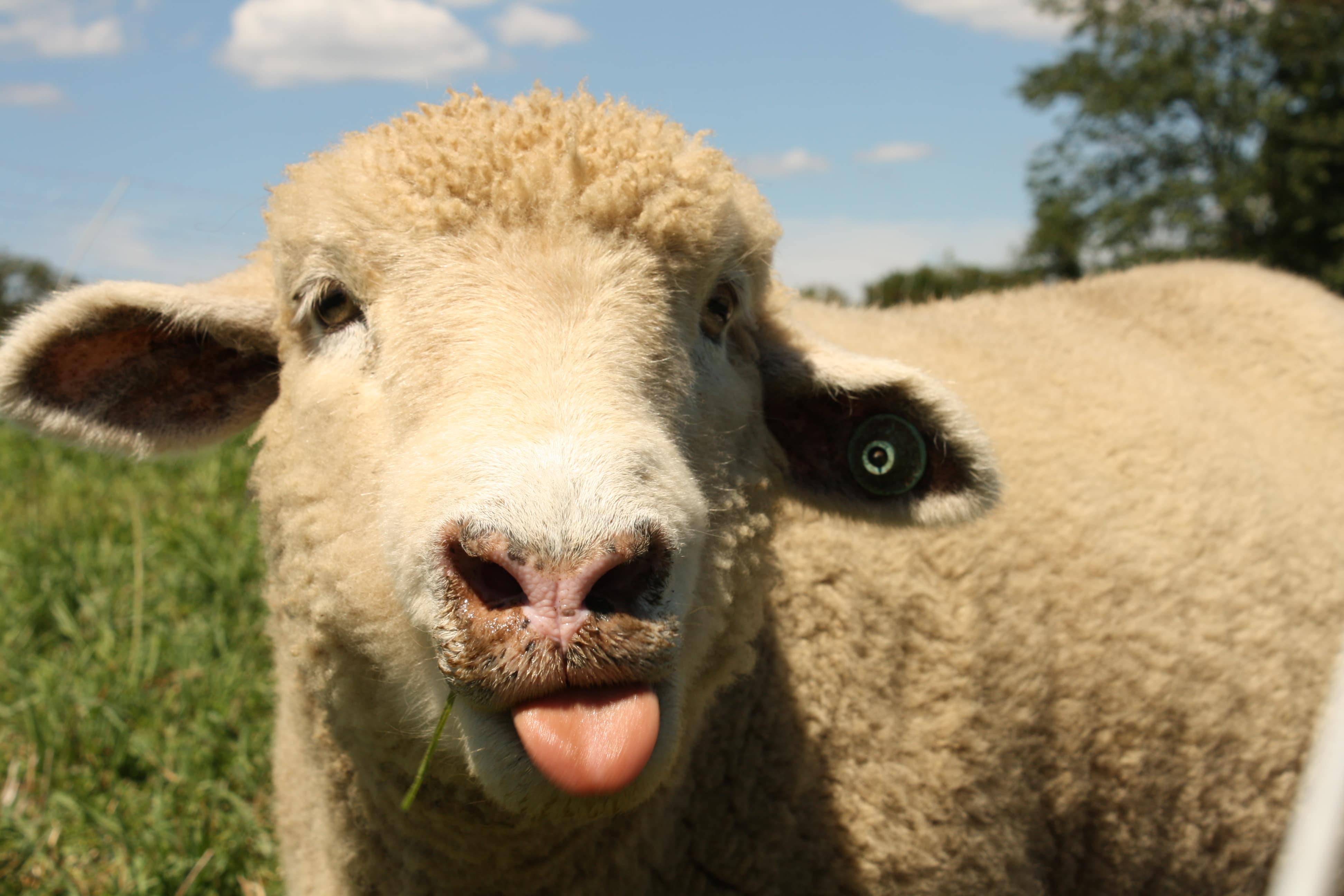
Smart sheep
This is not just a gratuitous shot of a sheep looking silly. The countryside is smartening up to match the cities.
Why you love it
Seb Emina, Co-founder Global Breakfast Radio: “I’m usually pretty sceptical about the so-called ‘Internet of Things’ but my imagination was caught by the ‘Internet of Sheep’, which as well as having a hilarious title does seem like an ingenious way of keeping an eye on the environment.”
13. Zinester, Kenya
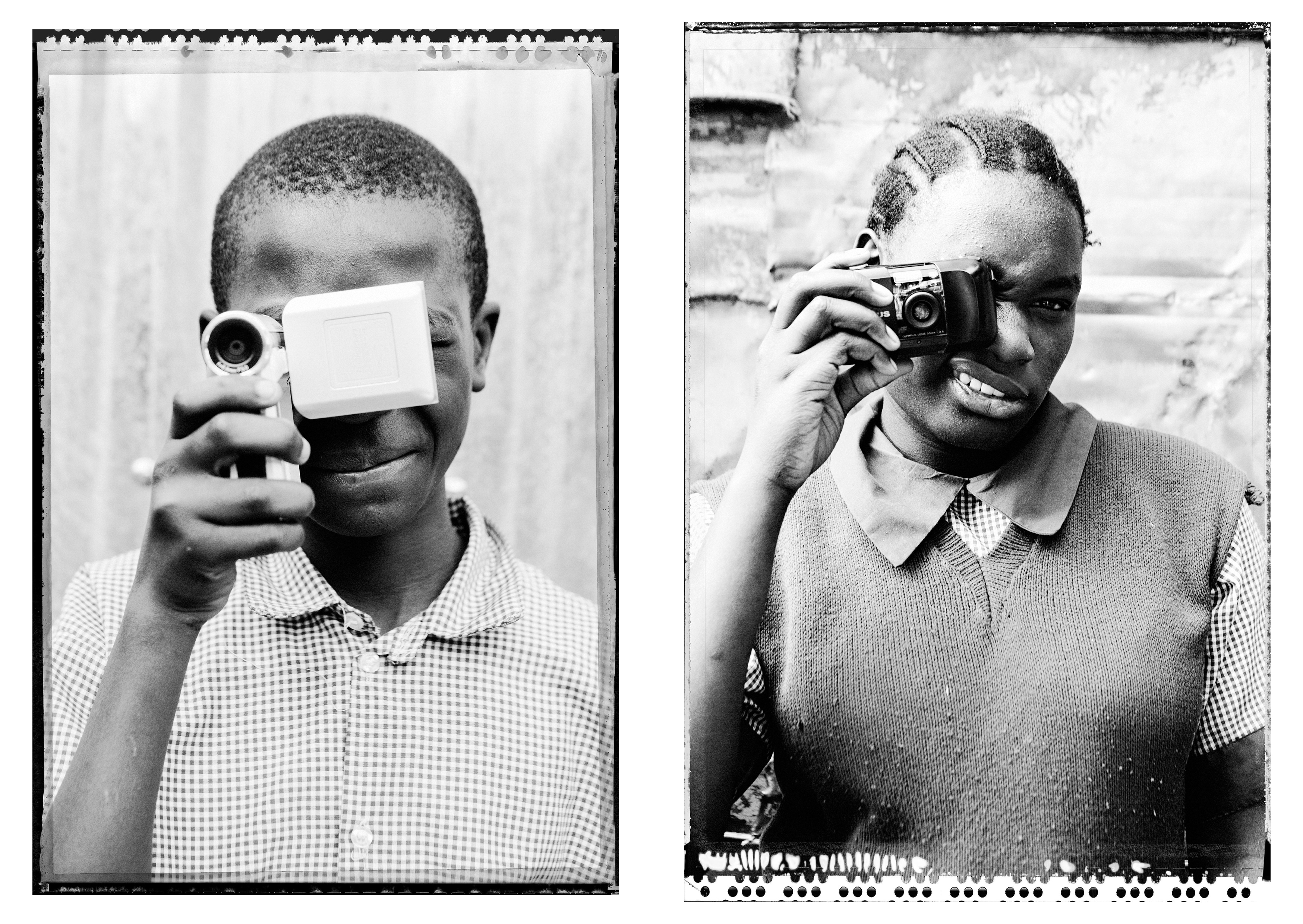
A voice for the voiceless
We love this self-published DIY zine as a platform for marginalised young people living in a sprawling slum on the outskirts of Nairobi.
Why you love it
Cathy Runciman, Co-founder, Atlas of the Future: “I was drawn to this project as someone who spent many years working in magazines. I love this approach to giving people agency and helping them tell their stories. And what is more long-term or positive than storytelling? It excites me to see an initiative like Zinester mapped on the Atlas alongside a project like ITER, the multi-country, multi-decade collaboration to solve the world’s energy needs, which sits at the other end of the spectrum of scale and technical complexity.”
12. The Machine to be Another, Catalonia
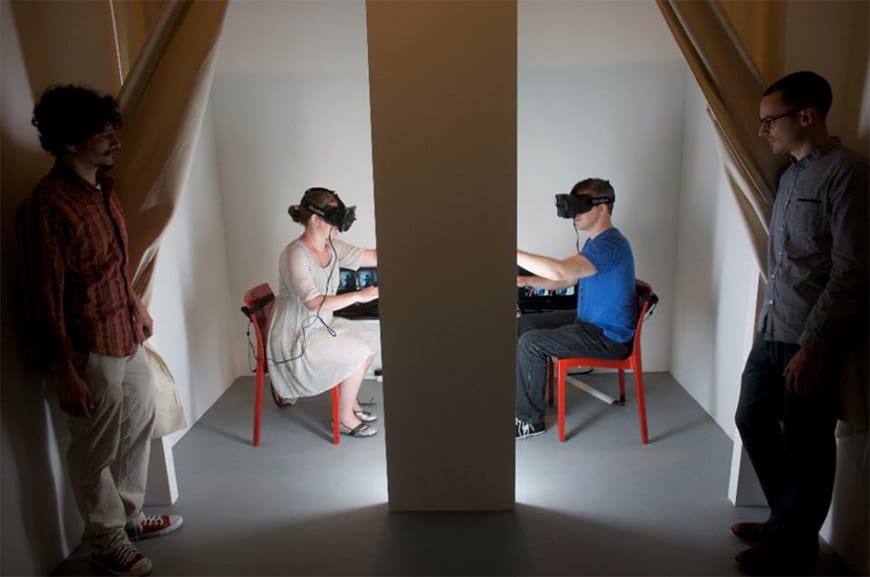
Climb into someone else’s skin
Empathy machines are important. This virtual reality investigation invites the understanding of others through wearable devices and technological extensions of the body.
Why you love it
Javier Fadul, user experience designer: “This is connected to my own experiences using Google Glass sporadically for the past 2 years. Wearable computers allow us to capture what we truly love about the world around us, and will help us to educate artificial intelligences about our needs. This project takes the concept into a fully immersive virtual environment to demonstrate consciousness can be transmitted between brains – with the right kind of technology. If we can ‘hack’ our brains to have out of body experiences, the possibility of being able to upload consciousness, and perhaps the dream of digital immortality, is just a few software upgrades away.”
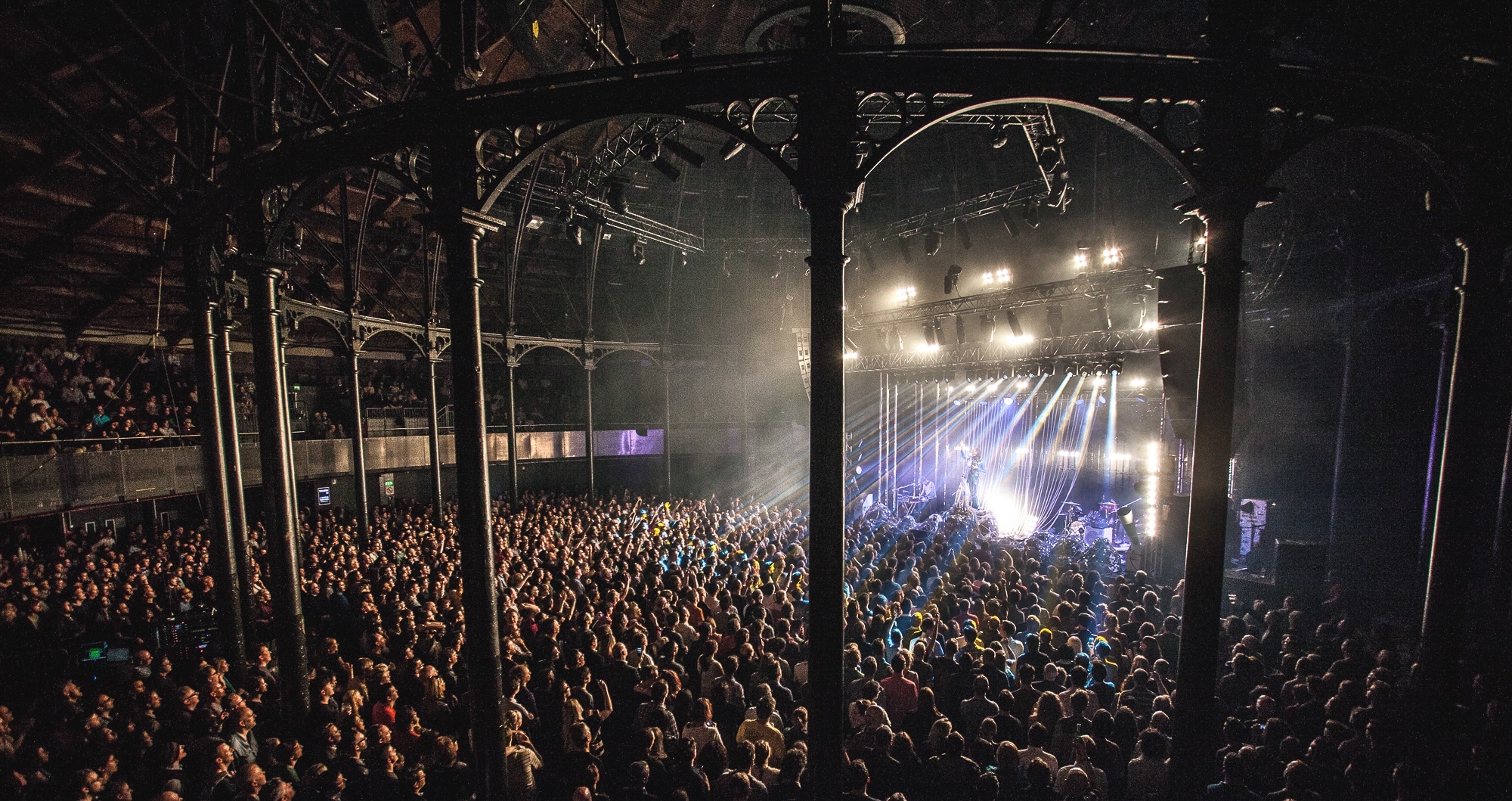
Future headliners
This London venue – and its A-list contacts – offers world class facilities to young people not in education, employment or training to create the next generation of creatives. It attracts communities who wouldn’t traditionally be able to get involved in the arts.
Why you love it
DJ Yoda, superstar hip hop turntablist: “This is my favourite Atlas project. It’s just a great way to get young people involved in the music industry – and at one of my favourite venues I’ve ever headlined at.”

Holy Moley, that’s handy!
Awesome Atlas projects submitted this year include robots to aid loneliness, self-driving shopping bots and autonomous ships, but we like this futuristic gizmo for its revolutionary practical consequences.
Why you love it
Forma, graphic designers: “It’s cool that such a futuristic project is not that far from being accessible in everybody’s houses. We like the sci-fi film feel to Robotic Kitchen, but also the fact that this can help handicapped people. (Plus, if it makes a good bloody mary, we want one in our studio!)”

Free-range fish farming
Aquapod provides a very real and potentially world-changing solution to one of the biggest issues the world faces today – the health and productivity of the ocean.
Why you love it
Gaby Bastrya, wildlife documentary producer: “The world’s population needs protein provided by the fish in the ocean, but our cultivation of this precious resource is unsustainable and is exploiting the fragile ocean environment with unknown consequences. Aquapod not only provides a solution to supply protein to a human population, but has considered and addressed the issues normally associated with overfishing and exploitation of the ocean.”

3D printing in conflict zones
With refugee camps now considered the ‘cities of tomorrow’ (where the average stay is 17 years), we’re impressed by the global humanitarian innovation consortium educating and printing prosthetics on-site.
Why you love it
Silvia Brandi, Head of Communication and International Relations IAAC: “I love this project because it shows how training is important in society for a better future. The objective is to allow boys and girls to fabricate themselves what they need for a better life, and giving them the possibility to start a new economy based on this advanced local fabrication.”

Drones plant one billion trees a year
Everyone likes drones for good, especially when an ex-NASA engineer brings out the big guns by waging war against industrial scale deforestation with industrial scale reforestation.
Why you love it
Vicente Guallart, ex-chief architect of the City of Barcelona: “BioCarbon Engineering’s idea of planting one billion trees with drones is a brilliant idea – how to use technology to make something that makes so much sense. It’s good because it is an idea you can apply in any place in the world – and it’s good because of its simplicity.”
6. Northeastern Urban Integration Project, Columbia
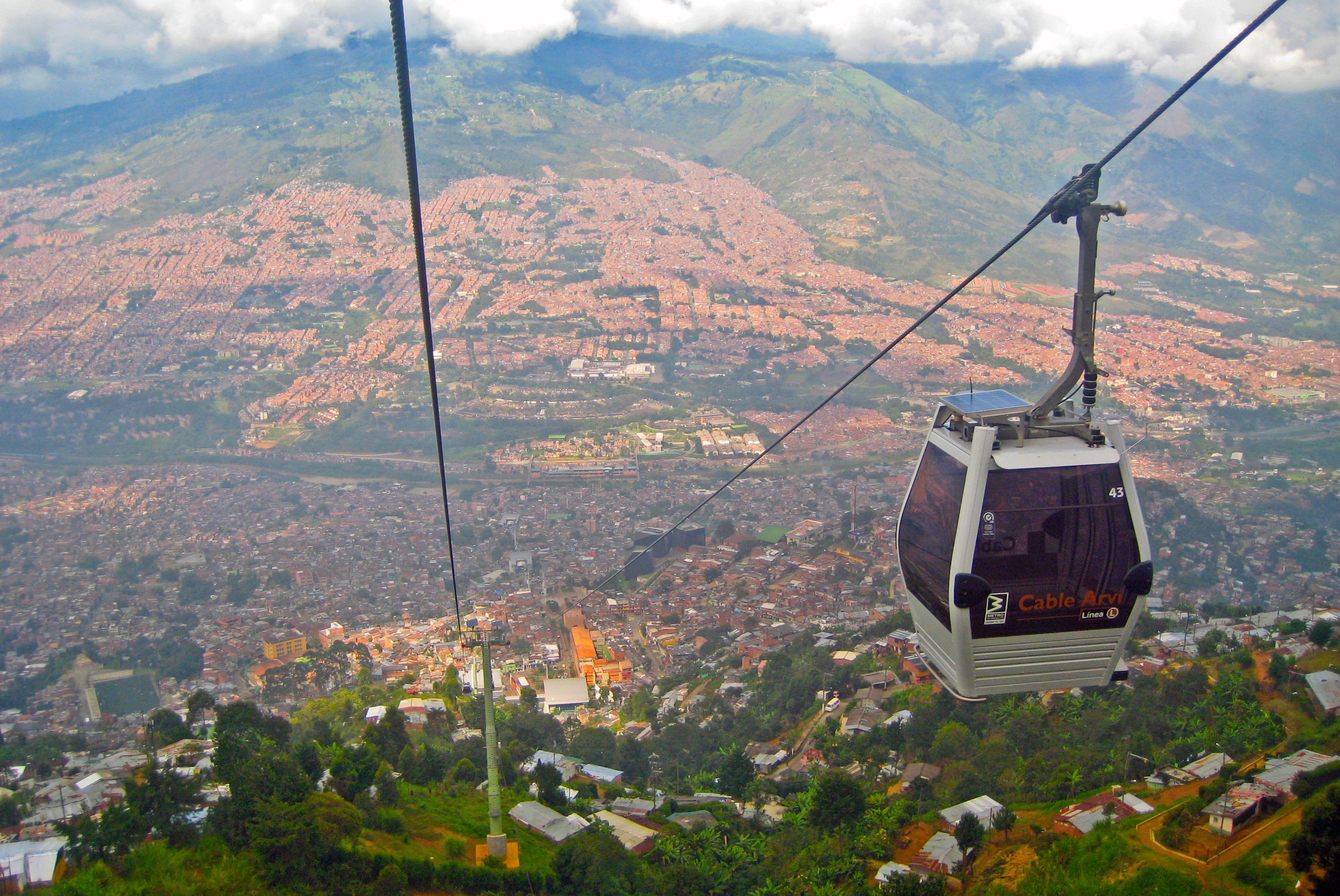
Medellín on the up
This groundbreaking cable car network has drastically improved the lives of residents experiencing severe social inequality, poverty and violence in what was once dubbed ‘the most dangerous city in the world’.
Why you love it
Lauren Burrows, researcher: “Medellín really is a star in the world of urban planning and social innovation. Yes, it once had a tough reputation, but these modern gondolas have changed everything for the communities who were once suffering from deprivation and isolation.”
5. Global Seed Vault, Svalbard Archipelago
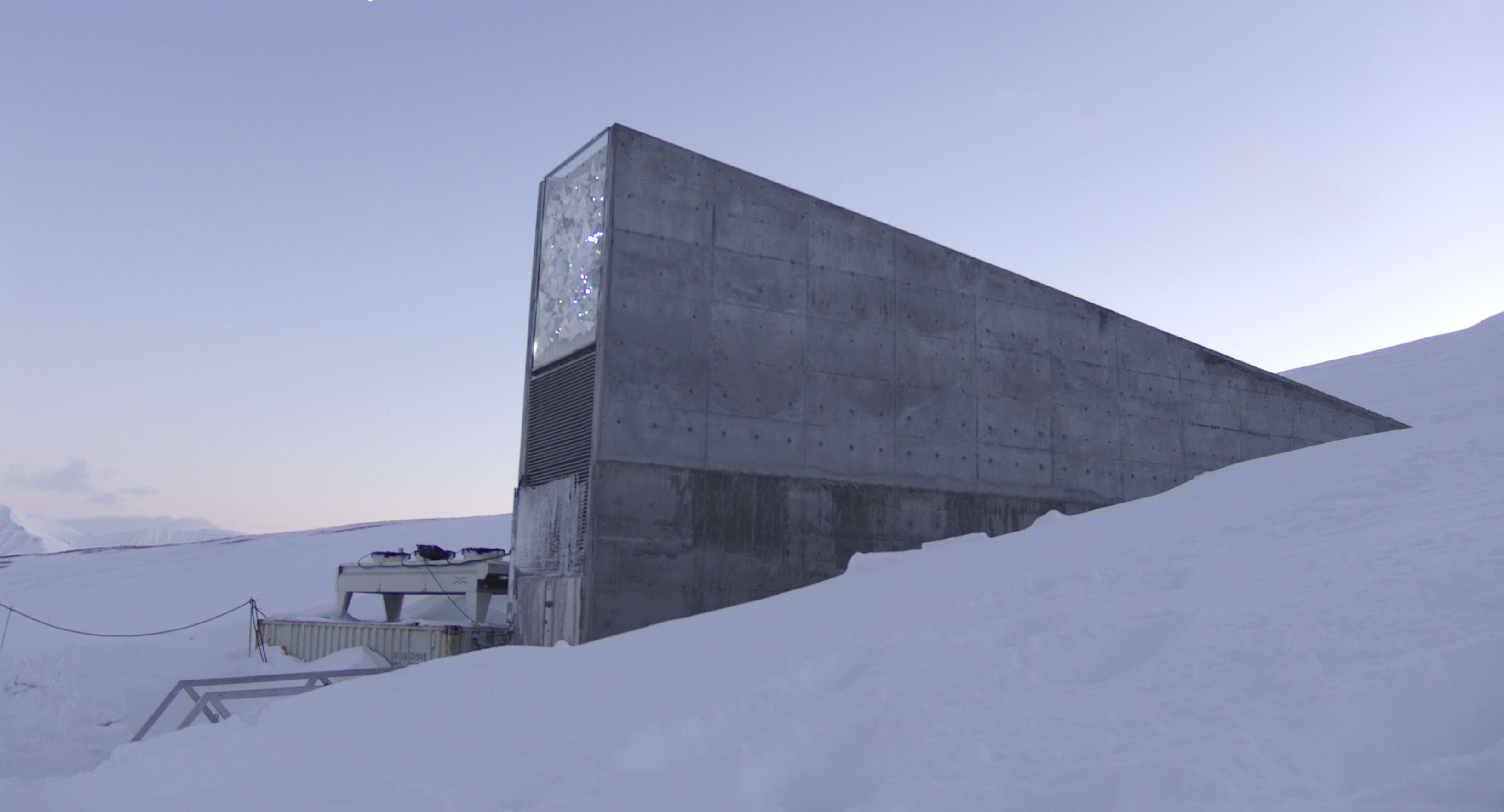
My freezer’s bigger than yours
We don’t just love this because it’s near the North Pole, but because this Noah’s Ark of seeds is fighting the good fight against species extinction.
Why you love it
Oriol Soler, Co-founder, Atlas of the Future: “This has all the values that we particularly appreciate. It is a long term project, completely innovative and has a lasting and very positive impact in our society. And also it’s simply a nice project. The building that contains the seeds is like a magic box and the landscape that surrounds the place is full of inspirational stories.”
4. Vrse, US

Virtual reality gets real
Editor’s pick
Lisa Goldapple, Editor-in-chief, Atlas of the Future: “As the first ever virtual reality film about pressing global challenges for the United Nations, Clouds Over Sidra – the story of a 12-year old girl in the Syrian Zaatari Refugee Camp – has made many tears fall into Oculus Rifts. A simple 360-degree camera can help people understand the consequences of civil war and disease and I look forward to the changes in empathy and policy director Chris Milk and producer Samantha Storr will provoke with their films in 2016.”
Scroll through Clouds Over Sidra with this 360 web player for a taste of VR – even if you’re not strapped into a headset.
3. Piclo, UK
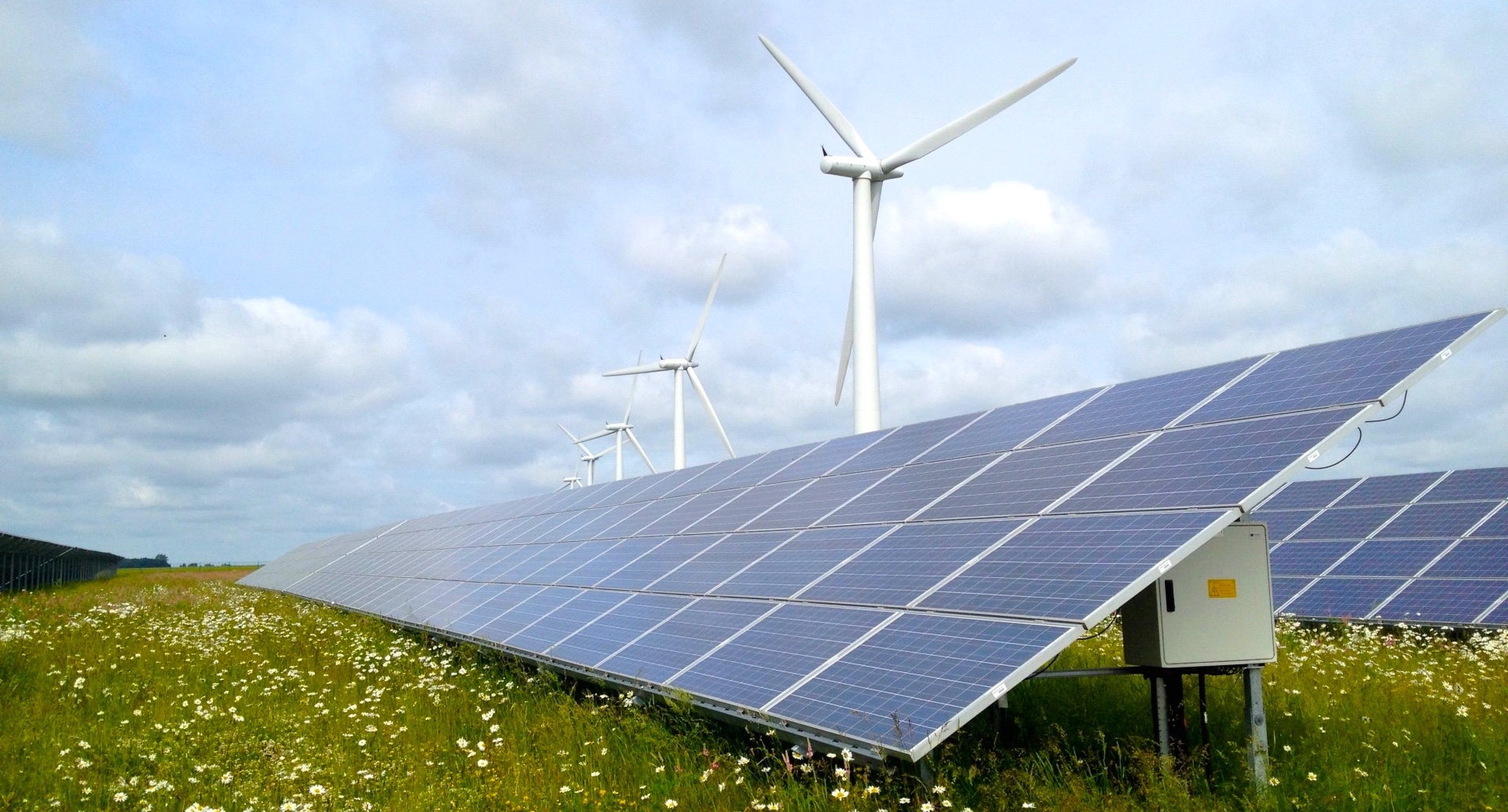
The Airbnb of energy
This app that helps communities share renewable energy resources is so loved by friends of the Atlas that it deserves a double mention.
Why you love it
Mark Stevenson, author and pragmatic optimist: “Piclo has the potential to be one of the key technologies to unlock a green future, which, in light of the COP21 UN climate change conference in Paris, governments needs to get themselves together on.”
Chris Bourn, Editor-in-chief, Collectively: “I love Piclo because it knocks down all the barriers to getting your home or your business up and running on solar. If this takes off, no more hand-wringing over government subsidies and feed-in tarriff; no more impossible price comparison jobs for people who know nothing about the crazily fragmented industry. It’s smart, it’s solving one of the most urgent consumer barrier problems there is, and if it’s really anything like Airbnb it’ll have changed our whole renewable energy landscape by this time next year.”

Saving lives in Syria
Maximum respect goes to those who are first to the area when bombs fall, as they dig for survivors and recover them from the rubble.
Why you love it
Michael Hodges, award-winning author and journalist: “Sometimes the people that offer us best hope for the future are not working on great scientific breakthroughs, inventing life changing gadgets or developing revolutionary applications of existing technologies. Rather it is the selflessness of their behaviour that lights the way. That’s why my favourite Atlas project is White Helmets, the fantastically brave volunteers who persistently risk their own lives to pull people – often women and children – out of buildings that have been hit by shells or bombs. One fact says all you need know about them: in the unrelenting horror and carnage of the Syrian civil war they have rescued over 40,000 people since 2013.”
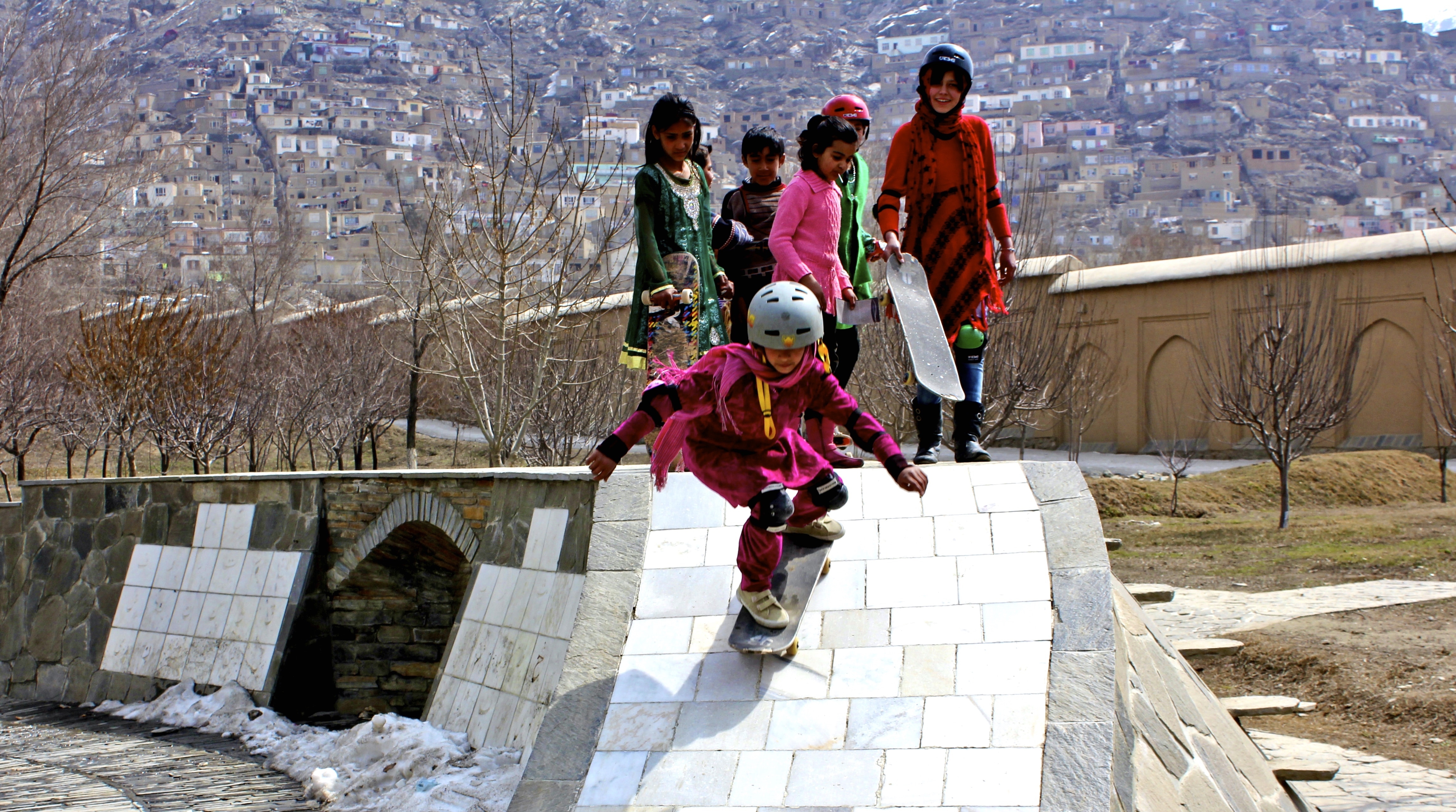
Skate to liberate
Best Atlas project of 2015
This boundary breaking project mapped by a skateboarder tops our list for giving girls in Afghanistan a new sense of freedom – and because it’s just so damn cool.
Why you love it
Camila Achutti, tech star and software engineer: “If we have no stereotypes, we can solve a lot of problems. Skateistan is doing this in such a fun way. To see girls in Afghanistan following their passion without worrying about restrictions is amazing. We need to show girls that they can be whatever they want to be. I love this project.”
Make it your New Year’s resolution to submit a project – and read more about our ‘enormous map’ here.
Until then, be useful.
Lisa
